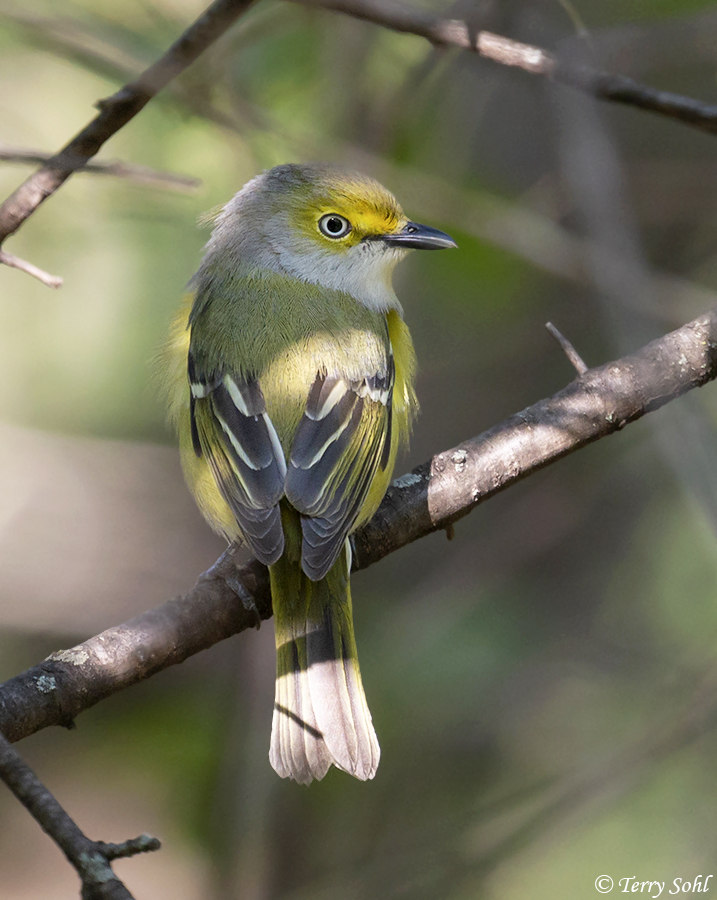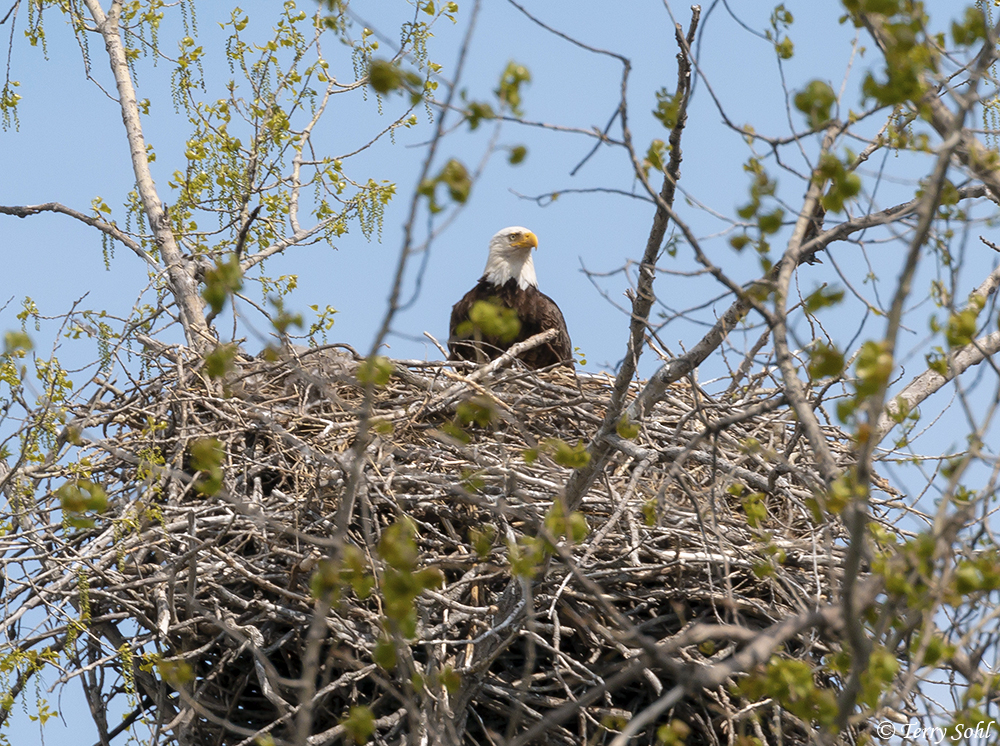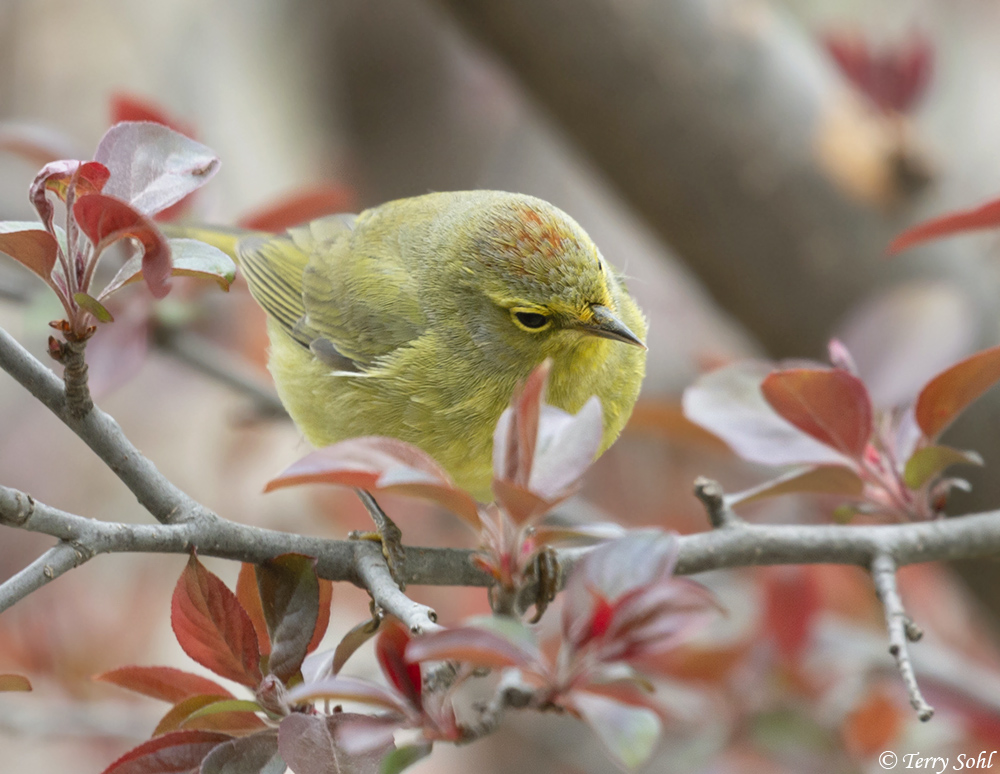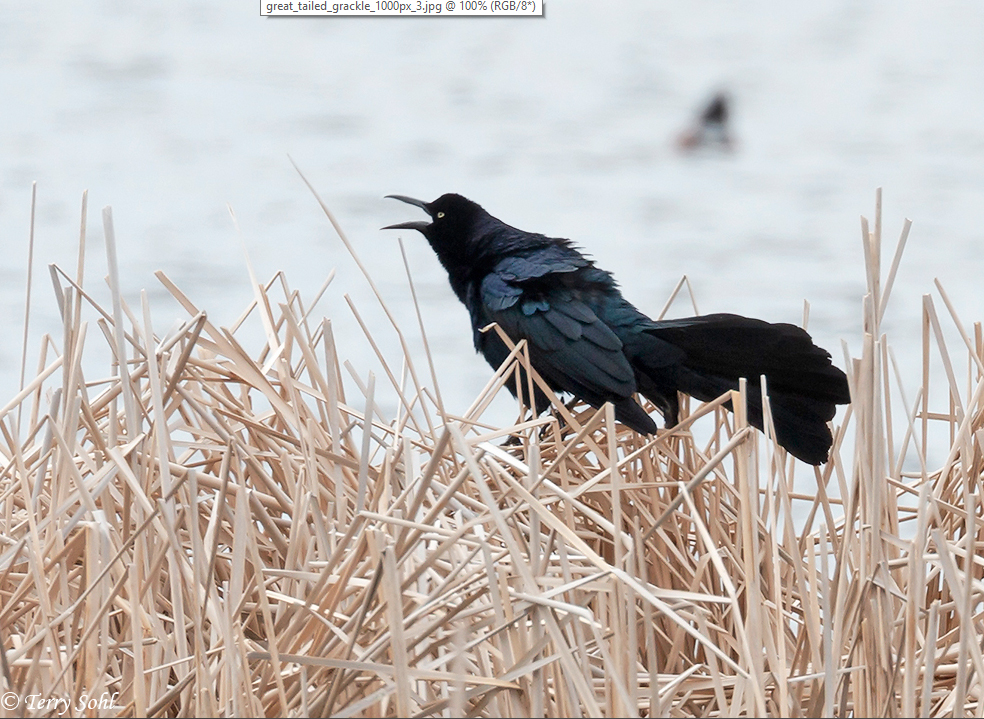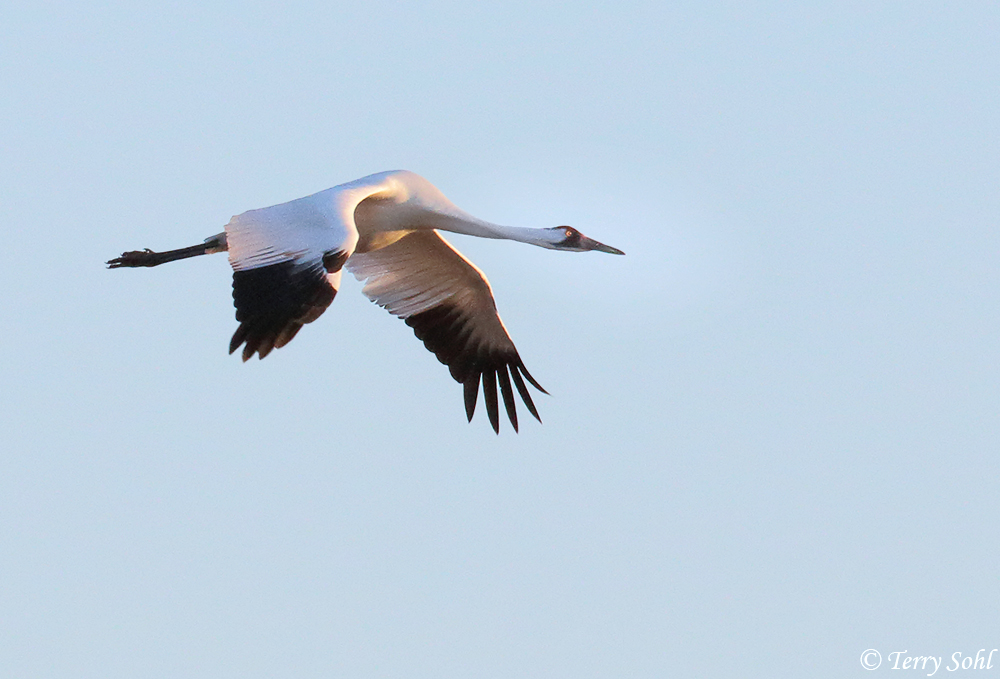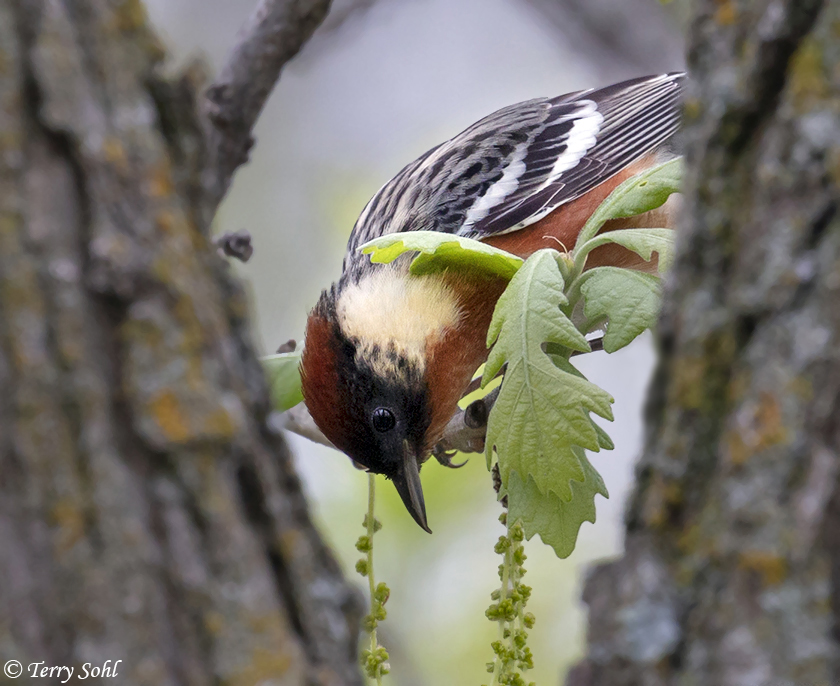
With all the birding I’ve done over the last 2 weeks, I have to say…migration had been disappointing to this point. I love my sparrows, and sparrow migration was very good, but the other two groups of migrants that I love…shorebirds and warblers…have been painfully slow in arriving. In the case of shorebirds, I don’t think any sort of migratory breakthrough is going to happen this spring. It could be they’re just spread out, given how incredibly wet it’s been and how much standing water there is over much of the upper Great Plains. But at this stage, I’m not counting on a big influx of shorebirds.
Warblers have been very similar. If you like Yellow-rumped, this has been your spring! They have been absolutely thick, particularly last week when they were not only in woodland and forest edges, but many were hanging out on shorelines, fencelines, or other seemingly uncharacteristic locations. But other than Yellow-rumped Warblers? To say “not much” would be a disservice to the term “not much”, as for most species, they’ve been non-existent.
That changed today. HOLY…COW…did that change today!! I’ve been birding 20 years now. That’s 20 spring migrations where I’ve put in a LOT of effort, hoping to find migratory warblers and other songbirds. In those 20 years, I must say that today was THE best warbler day I have ever had, hands down. It wasn’t just numbers, although numbers were quite good. It was the jaw-dropping variety of warbler species that are moving through the area right now. They weren’t necessarily “dripping off the trees”…a favorite term for some folks when there’s a warbler “fall-out”. But they were certainly around in very good numbers, and at times it seemed that every bird you looked at was a different species.
There were some that were quite abundant. Tennessee and Yellow-rumped Warblers were common, although Tennessee were scattered everywhere, while most of the Yellow-rumped I saw were along the Big Sioux River at Good Earth State Park. Given how intense the birding was and how often I tried to keep my focus on the treetops, I have no doubt my count below is low for those two species, and I KNOW it’s quite low for Yellow Warbler, as they are also extremely abundant right now. When I saw one of those “common” species, I often didn’t pause to enter into eBird. And why was that?
Because there were SO many “good” warbler species, including species I haven’t seen in years. I haven’t seen Blackburnian Warblers very often in South Dakota, and I have zero photos of the species. In fact, there are only two occasions where I even remember seeing a Blackburnian Warbler. Today? FOUR gorgeous Blackburnians, with 2 at Perry Nature Area, and 2 at Good Earth State Park. It’s been 14 years since I’ve seen a Bay-breasted Warbler, but I found one at Good Earth. Mourning Warbler? I have ZERO photos of the species and don’t see them all that often, but I found a pair in close proximity this afternoon. Chestnut-sided are a species I probably see every other year or so, and always one at at time. Today? I saw six, with five spotted from one location at Good Earth!! Magnolia numbered 9 on the day, Blackpoll were at 4, while most of the others were single sightings.
20 species of warbler in one day! 19 of those were from two locations (Perry Nature Area and Good Earth State Park), while 1 was from Ditch Road just north of Sioux Falls (Northern Waterthrush). Here’s the list of warblers on a birding day I will always remember:
- Ovenbird – 3 (2 singing and not seen, one seen and not heard)
- Golden-winged Warbler – Seen and heard twice, in two visits to Perry Nature Area today (same bird I’m sure…count of 1)
- Tennessee Warbler – 47 — I have no doubt this is a big undercount, as many times I didn’t stop to enter them in eBird
- Orange-crowned Warbler – 4
- Nashville Warbler – 1
- Mourning Warbler – 2 – And now I do have photos of the species! Crappy photos, but I had none before today!
- Common Yellowthroat – 7 – If I’d taken the time to properly account for all those singing along the Big Sioux River in the northern end of Good Earth State Park, this number would be a lot higher
- American Redstart – 9 –
- Magnolia – 9 – Definitely the most I’ve seen in one day
- Bay-breasted Warbler – A REAL treat as I haven’t seen one in over a decade
- Blackburnian Warbler – 4 – TWICE the number I’ve seen in my other 20 springs of birding in South Dakota
- Yellow Warbler – 16 – That’s what I had taken the time to enter in eBird. But particularly if I would have paid close attention and recorded every time I heard a Yellow Warbler, the number would be double or triple this.
- Chestnut-sided Warbler – 6 – All at Good Earth State park, with an astounding 5 observed while standing near one giant burr oak
- Blackpoll Warbler – 4
- Yellow-rumped Warbler – 25 – As they’ve been all spring, nearly all were near water, with them flycatching along the banks of the Big Sioux River in Good Earth State Park
- Black-throated Green Warbler – 1 – One of my faves, good to see one
- Canada Warbler – 1 – I’ll need to check my records but I don’t see these often at all.
- Northern Waterthrush – 1 – The only one not at Good Earth or Perry Nature Area, found while doing a short check of Ditch Road north of Sioux Falls.
- Black-and-White Warbler – 1 – Usually one of the most common migrants, and I have seen plenty this spring, but only one today.
- Wilson’s Warbler – 1 – Also one I typically see every year, but it’s been pretty slow for them this year.








